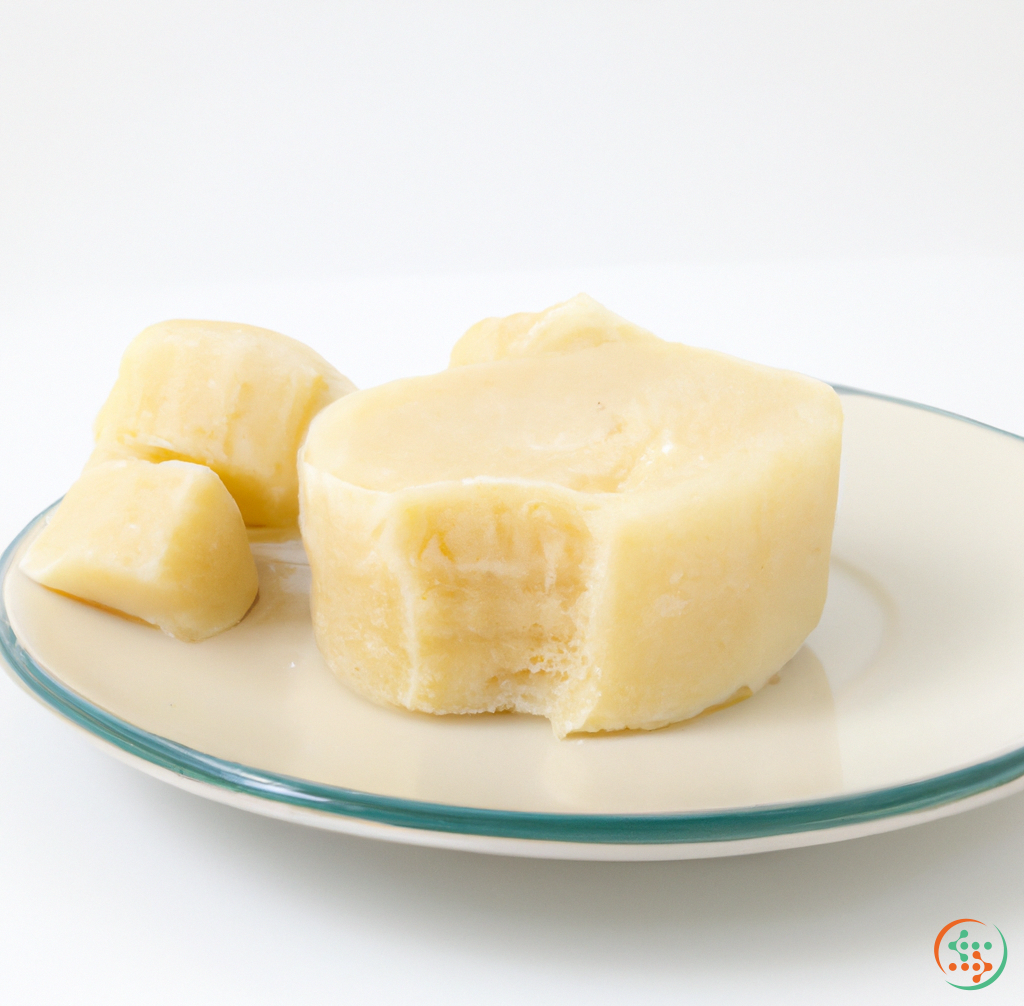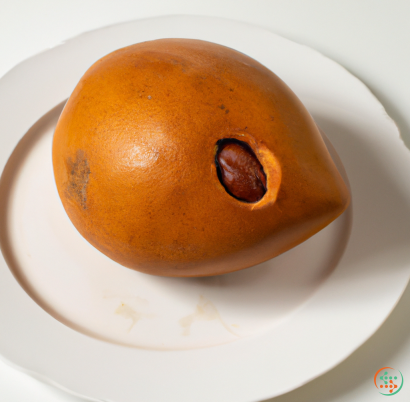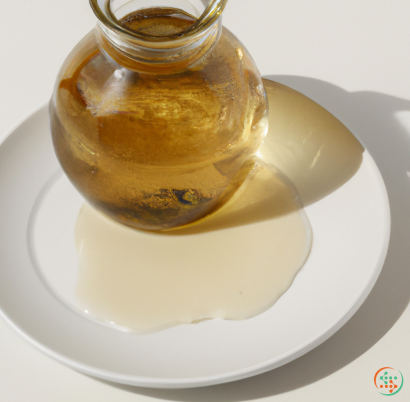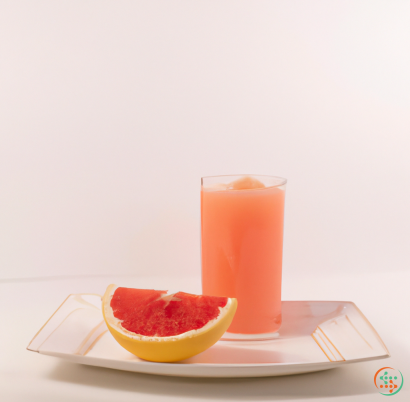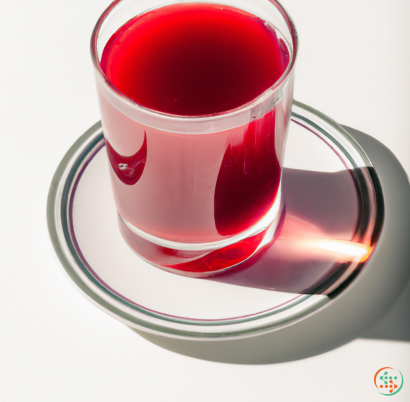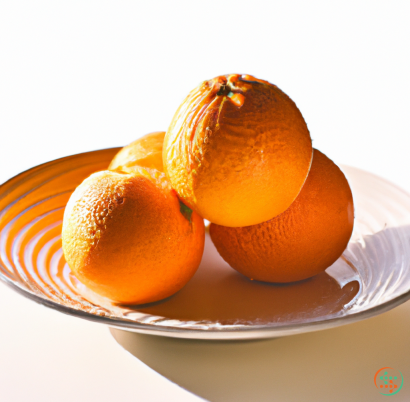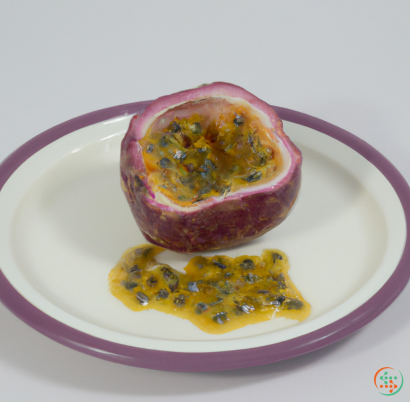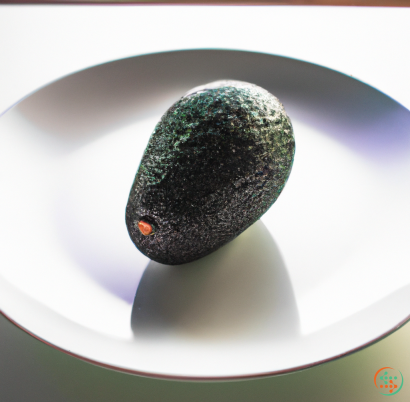Goose Fat
The debate has been raging for years: What is the best fat to use when you’re doing your cooking? Is it butter, olive oil, or perhaps even lard? We’re here to introduce you to a lesser-known fat that is gaining popularity amongst chefs and homecooks alike: Goose fat.
What is goose fat? It is a rendered fat, which means that it is fat that has been melted down from its source. In this case, the source is a goose – hence the name. This type of fat has been used for centuries in European cooking, primarily in countries in the British Isles, parts of Germany, Eastern Europe and Scandinavia.
While goose fat may be unfamiliar to some, it is actually quite similar to the more commonly used pork lard. The consistency of both fats is very soft, making them ideal for frying and sautéing. The taste of goose fat is subtle, but it still provides a delightfully rich texture to dishes.
So why has this fat become so popular among chefs and cooks? For one, goose fat is incredibly versatile. It can be used for virtually any type of cooking, making it a great alternative to other popular fats like butter and olive oil. Additionally, goose fat is known for its health properties. This type of fat is lower in saturated and trans fat compared to other animal fats, such as lard or beef tallow, and it is higher in unsaturated fats, which are beneficial and believed to help lower cholesterol levels.
Another big plus for goose fat is its amazing flavor – it lends a unique taste to dishes that cannot be duplicated with other types of fat. One of the best ways to take advantage of this flavor is to incorporate it in to classic French dishes such as Pâté de Campagne (country pate) or Poulet au Vinaigre (chicken in vinegar).
If you’re looking for a way to incorporate more goose fat into your cooking, the best place to start is with roasting. Unlike butter, which is best suited for low-temperature cooking, goose fat is much better at higher temperatures. This means that it is the perfect fat for roasting potatoes, root vegetables, pork, or even chicken. When roasting with goose fat, it’s important to preheat the oven to 450 to 475 degrees before adding the fat — this will help ensure that your food is properly cooked, as well as impart that delicious roasted flavor.
Of course, if you don’t have the time to roast, goose fat can also be used to sauté and fry. As mentioned before, its favorable fat composition makes it a great choice when it comes to these higher-temperature cooking techniques. Make sure to heat the fat to a medium-high temperature and then add in whatever you’re cooking. The result will be a golden, flaky seafood, crisp potatoes, or any other ingredient you choose to fry.
If you’re looking for a more intense flavor boost, try incorporating rendered goose fat into a marinade for lamb. The fat will act as an emulsifier and help keep the marinade together, while also imparting a subtle and delicious flavor. Marinades made with goose fat can also be used for adding flavor to beef or game meats, such as venison or wild boar.
Regardless of how you choose to use it, goose fat is quickly becoming a go-to ingredient in the kitchen. Not only is it incredibly versatile, it also has some notable health benefits that make it an ideal choice for anyone looking to watch their fat intake. So next time you’re deciding on which fat to cook with, give goose fat a try – you won’t be disappointed.
Goose fat. A cooking fat taken from the bodies of geese and ducks that is used in various dishes due to its rich and flavorful taste. Its popularity has risen not only for the taste it adds to many dishes, but also the health benefits associated with it. But how does a Goose fat make its journey from the geese and ducks to our dinner plates? That's the question we will answer in this blog post.
To begin, let’s explore the main sources of Goose fat. Geese and ducks are primary sources of edible Goose fat. They have a layer of fat underneath their skin which contains significant proportions of monounsaturated and polyunsaturated fatty acids, both known to benefit heart health. When these birds are slaughtered, the fat is rendered down in order to separate the fat from the rest of the carcass.
Next, the Goose fat is further processed. At this stage, the Goose fat is placed into a large vat, where it is heated and stirred, over low temperatures. This process, known as rendering, helps separate the fat from any additional meat, organs and blood vessels still attached to the fat. Once the Goose fat cools, what’s left of the fat is called cracklings. The cracklings contain small chunks of lean protein and can be used for making dishes, such as a duck and Goose liver pâté.
Once the fat is rendered, it is further processed in order to make the fat ready for mass-market consumption. Unrefined Goose fat, which still contains some moisture, is mechanically clarified using an industrial filtration system. This process removes any remaining meat and organ pieces, as well as any impurities, such as heavy metals. Filtering also helps reduce the moisture content of the fat and helps make it more shelf-stable.
After the Goose fat has been clarified, it is further refined. Refined Goose fat is heated again, at high temperatures, to remove any remaining moisture. During this step, most of the fat’s natural flavor is lost, but it’s also preserved longer, due to the lower moisture content. This is the stage at which most of the Goose fat products you find in stores will be.
Once the fat has been refined, it’s ready for packaging and transport. Most Goose fat products will be sold in either cans, boxes, or tubs. After being packaged, the fat is picked up from the processing facility and delivered to a distribution center, where it will be stored until it reaches its assigned retailers.
The last leg of our journey is from the distribution center to the dinner plate. Geese and duck fat products can be purchased from your local grocery store or specialty markets. The fat can also be ordered online and shipped directly to your home. Once it’s in your kitchen, you can use the fat in any number of dishes.
Goose fat is a versatile cooking fat used in a wide variety of cuisine. It can be used to fry, sauté, and even as a topping for toast, as well as soups, sauces, and gravies. It is also used in many confectionery products, such as candied fruits and pastries. The most common dishes that use Goose fat are roast potatoes, cracklings, and confit.
As you can see, it’s quite an involved process to get Goose fat from a Goose or Duck to our dinner plates. From being rendered and clarified to being packaged and shipped, our journey from Goose Fat to dinner plate is a long one. But, the result is well worth it— not only does it provide us with rich and unique flavors, but it’s also beneficial for our health, due to the fatty acids it provides.
| Vitamin E | 0.0027 grams |
| Selenium | 0.2 ug |
Daily Value 0.055 mg
|
| Total Sugars | 0.131141 grams |
per 100g
|
| Myristic acid (14:0) | 0.5 grams |
|
| Palmitic acid (16:0) | 20.7 grams |
|
| Stearic acid (18:0) | 6.1 grams |
|
| Total Saturated fatty acids: | 27.3 g | |
| Oleic acid (18:1) | 53.5 grams |
|
| Palmitoleic acid (16:1) | 2.8 grams |
|
| Gadoleic acid (20:1) | 0.1 grams |
|
| Total Monounsaturated fatty acids: | 56.4 g | |
| Linolenic acid (18:3) | 0.5 grams |
|
| Linoleic acid (18:2) | 9.8 grams |
|
| Total Polyunsaturated fatty acids: | 10.3 g | |
| Cholesterol | 0.1 grams |
|
| Total Sterols: | 0.1 g | |
